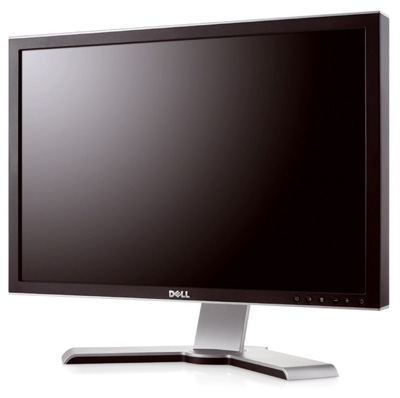Faxing, according to the Jerusalem Post, is used for very different reasons in two very different places: Japan and Israel.
As the author explains, “Japan still values handwriting, to the extent that greeting cards and resumes are still typically hand-written and calligraphy lessons are popular.” General preferences for hard copies, use of a complex writing system, and a significantly older-than-average population have also slowed the transition to newer media. By 2012, the article reports, an astonishing 59% of Japanese households still had their own fax machine—a rarity in most of the world, to be sure.
This is a night-and-day contrast with the US, for instance, where electronic communication is generally preferred by a wide margin. Handwritten resumés? Never. And calligraphy lessons? Unlikely. Consequently, just as our professional and personal documents are typed whenever possible, so faxing has shifted toward automation and wider use of paperless fax software/services.
However, the persistence of fax in Israel is more a product of economic maladaptation than of deep-seated preferences:
So why is Israel stuck in a fax rut, even as it manages to produce some of the most innovative technology in the world? “Perhaps it’s because we don’t have much of a culture of service, so companies don’t have to make an effort to get us as customers,” said Gili S. Drori, a professor of sociology and anthropology at the Hebrew University of Jerusalem.
Part of the reason for that culture, however, is lack of competition. The high-tech sector, which has above-average productivity, competes in a global market. Certain sectors of Israel’s economy, however, are shielded from competition or dominated by a few players who do not need to provide good customer service and innovative technology to stay afloat in a market of 8 million people.
We at Paperless Productivity® are workflow consultants, not economic analysts, so we’ll take Professor Drori’s word for it. But whatever the cause of Israel’s purported fax fixation, it highlights something important: modernizing communications is critical for companies that do rely on top-notch “customer service and innovative technology.”
Even though American companies are apparently subject to tougher competition that their Israeli counterparts—and dislike hard copies and prefer to automate data entry in the first place—the demand and opportunity for more advanced faxing continues to grow in the US market. As we recently discussed here, the reasons American companies still fax are typically more legal/regulatory in nature, as the health care industry continues to demonstrate. Paper is of little sentimental value, and outdated solutions are a competitive disadvantage, but fax’s inherent security means it will remain in the enterprise communications landscape for quite some time.
Critically, whereas fax machines are certainly outdated, faxing itself has become has modern as anything. Virtualization, IP networks, cloud services, automation…the list of 21st-century changes to enterprise faxing is lengthy. The topic of leveraging fax for competitive advantage in a modern business is one we’ll visit at greater length in the next few weeks.
To use the words of a Deloitte study quoted in the article, “It is hard to imagine a truly innovative country without a government that sets an example for the integration of innovation, both as a client of advanced tools and as a supplier of innovative services.” If we substitute “country” and “government” for “industry” and “company,” then we are left with a nice statement of the urgency of modern and cost-effective faxing. To learn more about making it a reality in your organization, feel free to contact us at your convenience.


